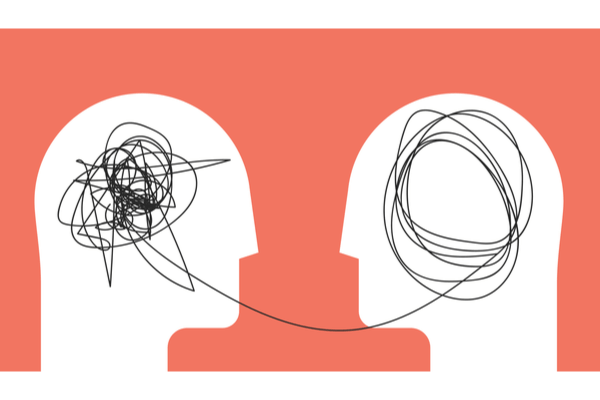Feb 3, 2021
If the empathy debate teaches us anything, it’s that for all its power, empathy on its own will not solve our problems.
Read the Full Article

Already a subscriber? Login
White supremacy changes your brain. Empathy can help rewire it.

If the empathy debate teaches us anything, it’s that for all its power, empathy on its own will not solve our problems.
